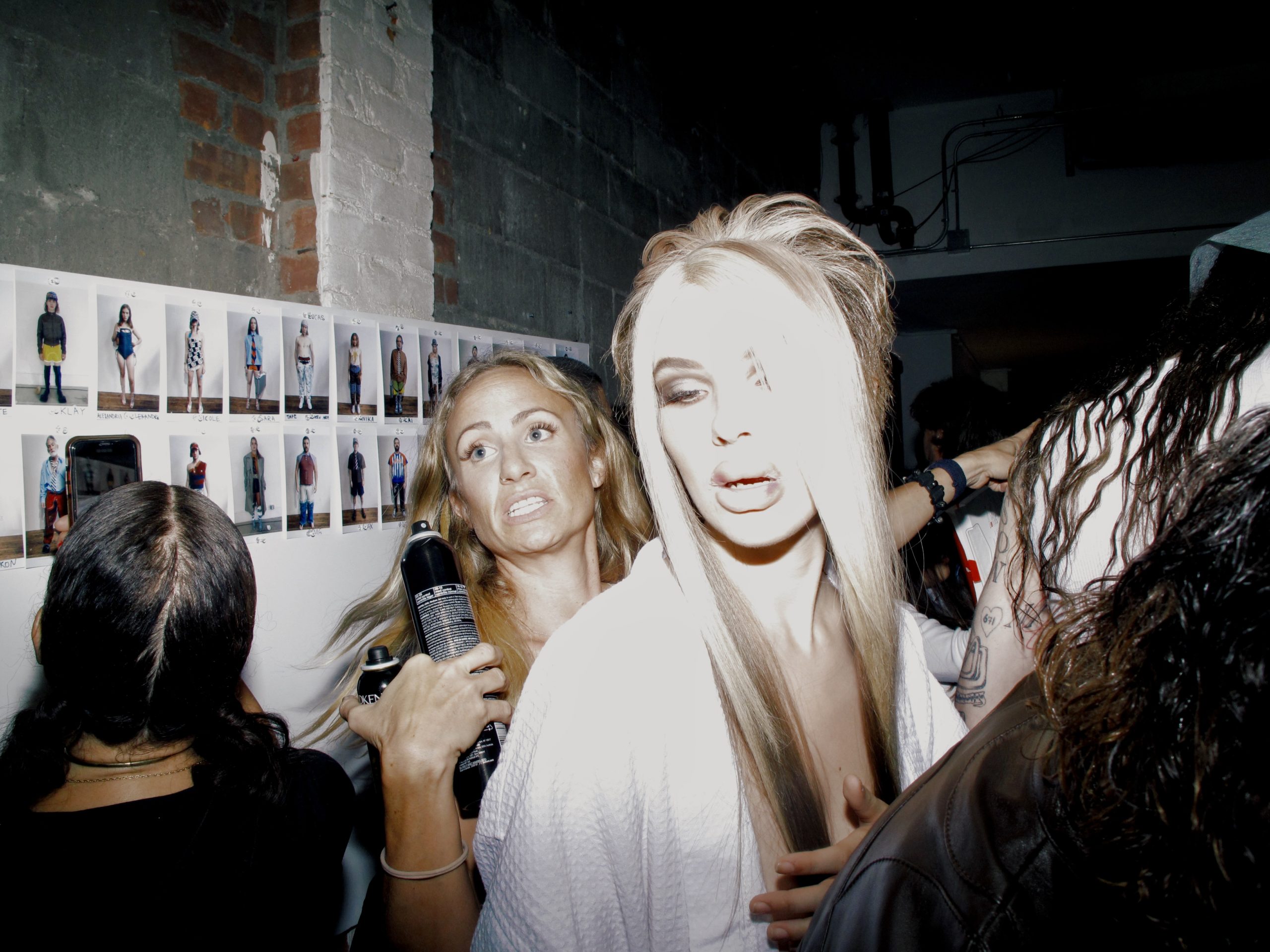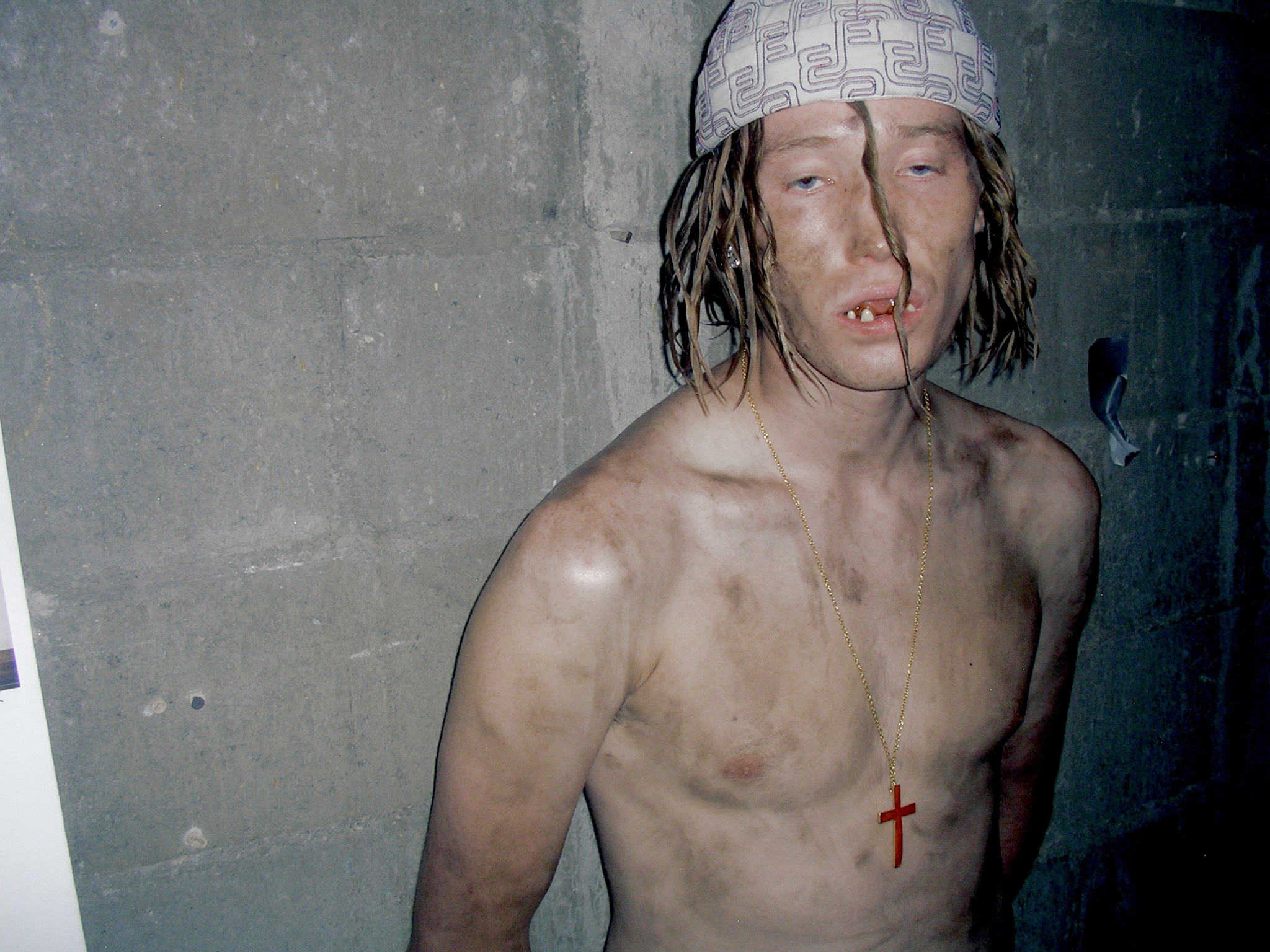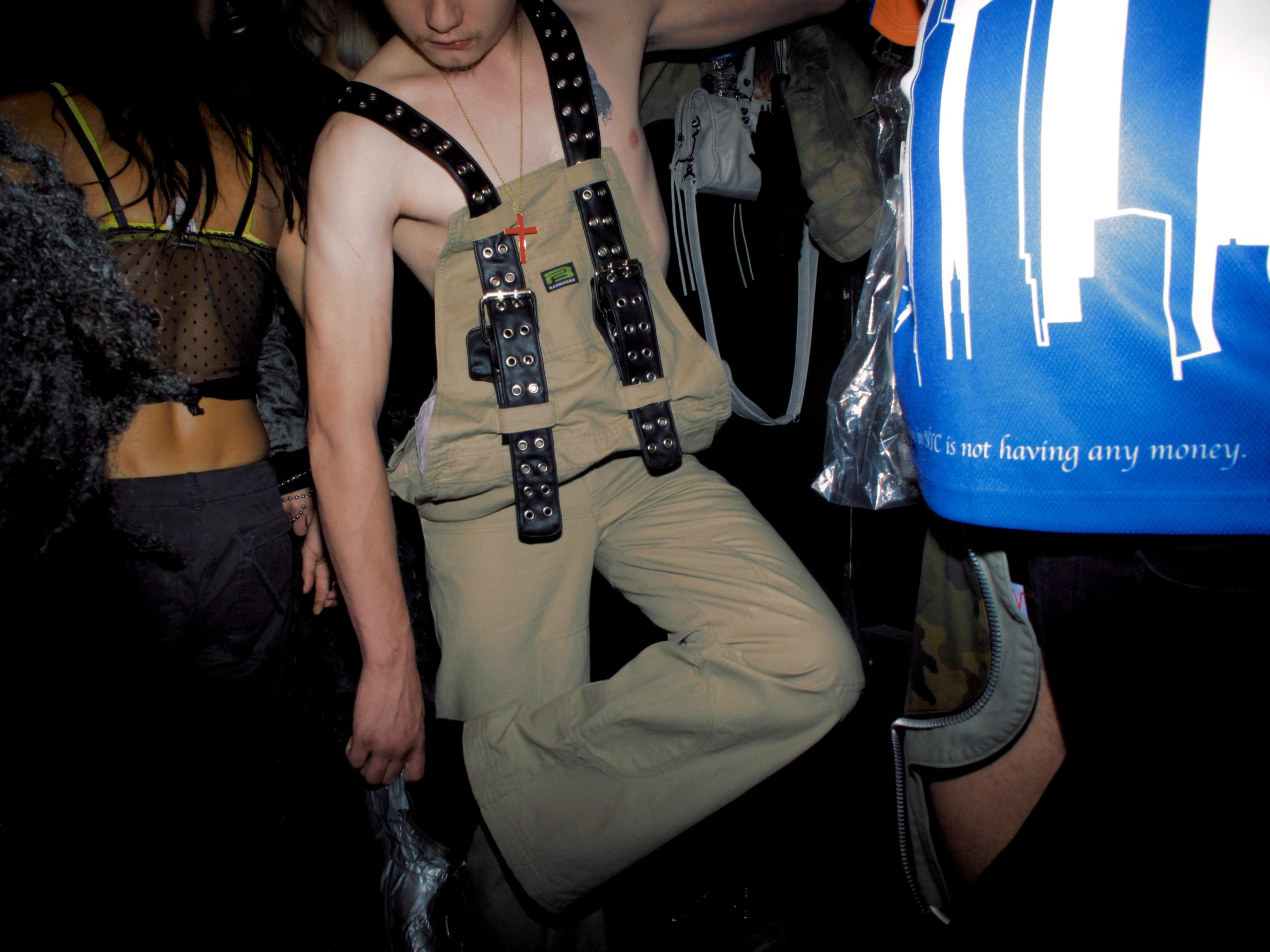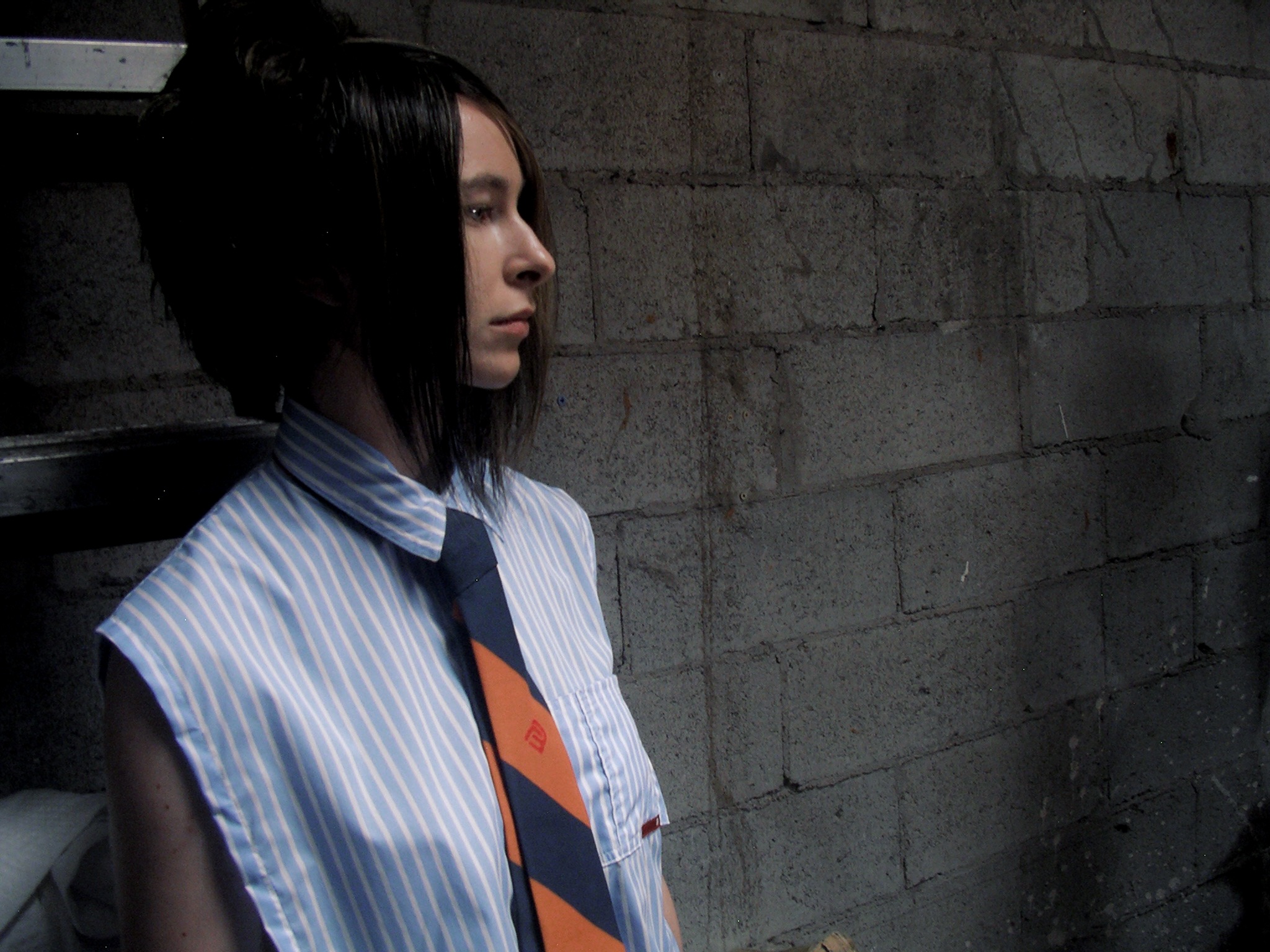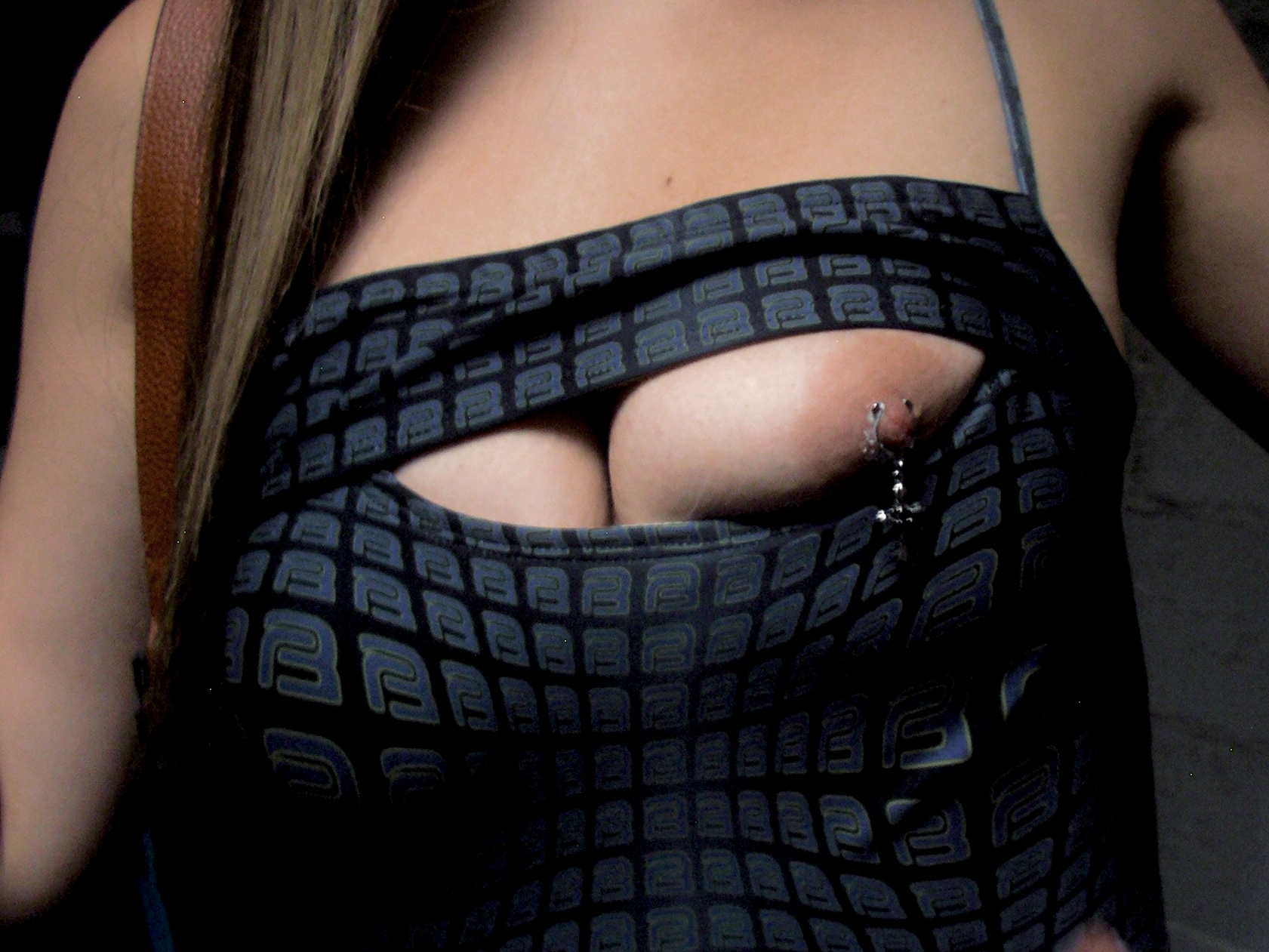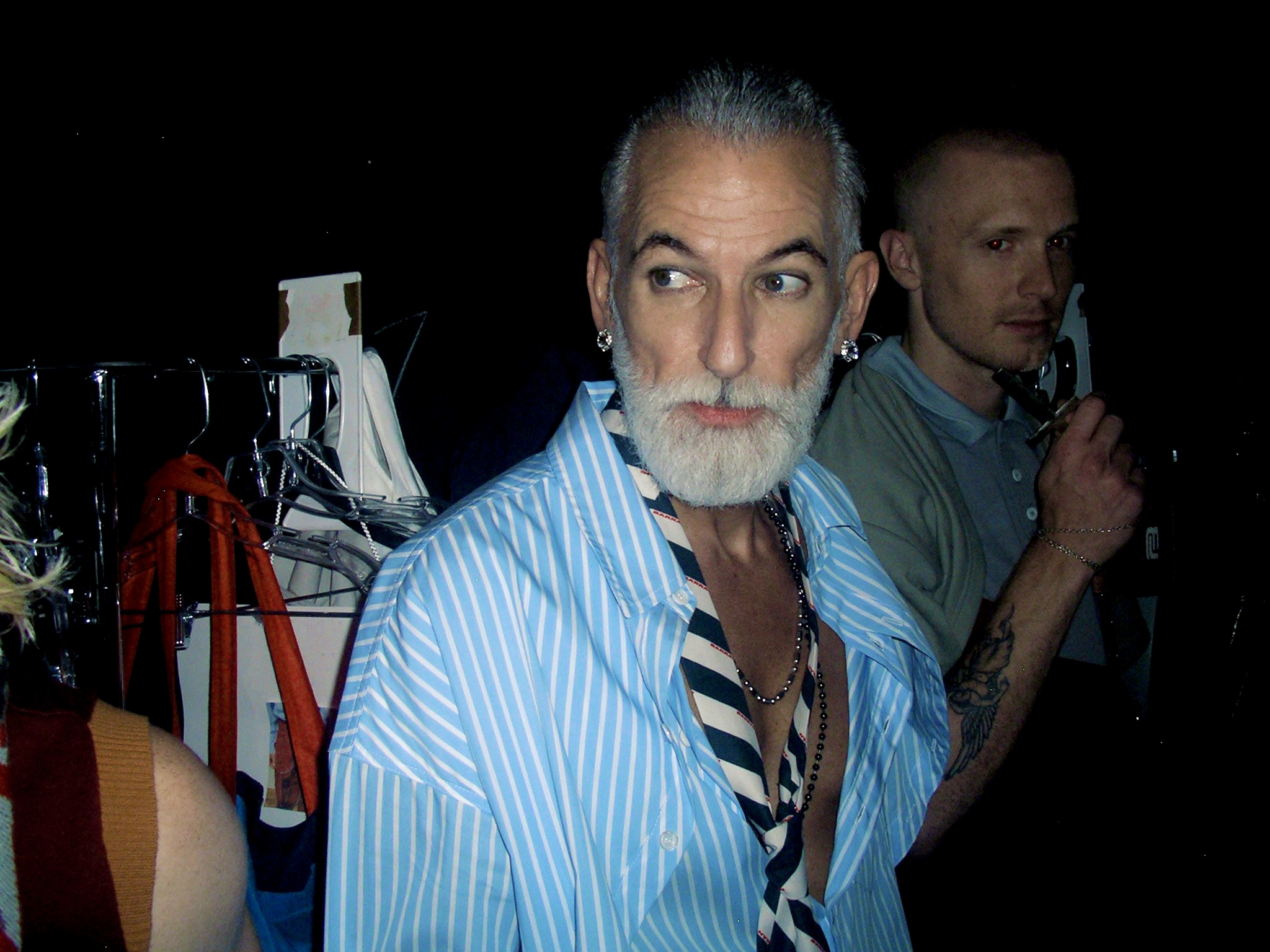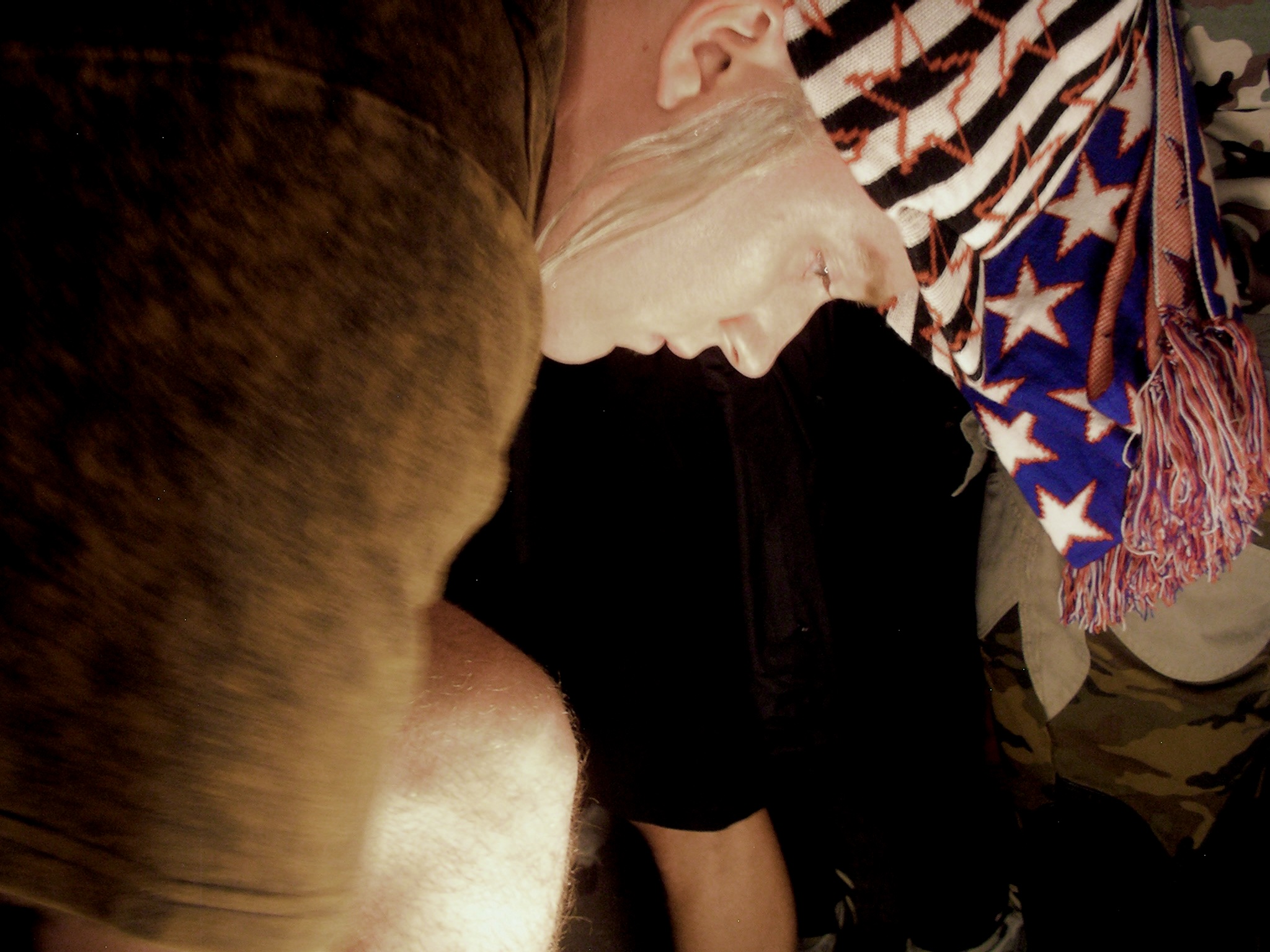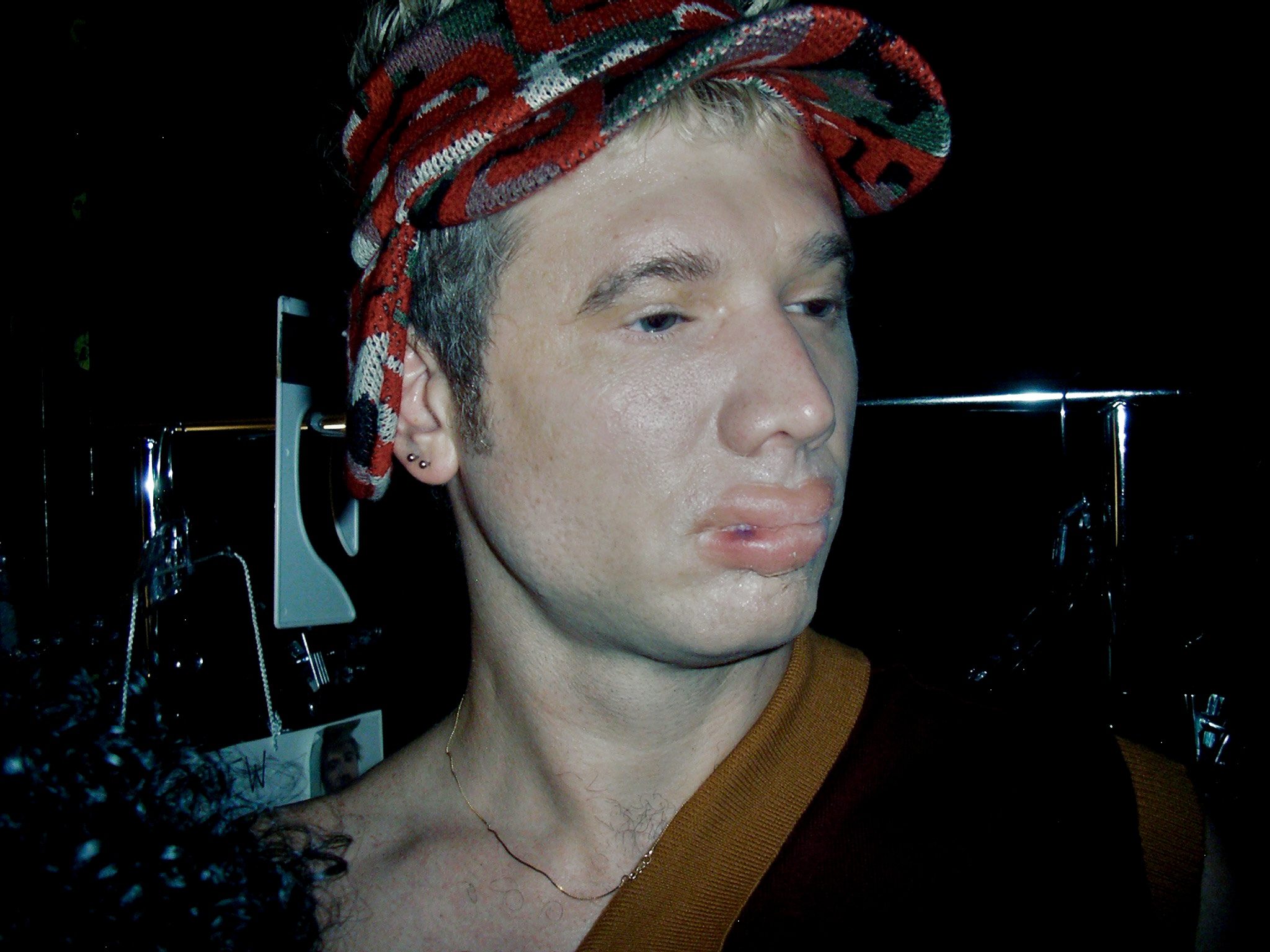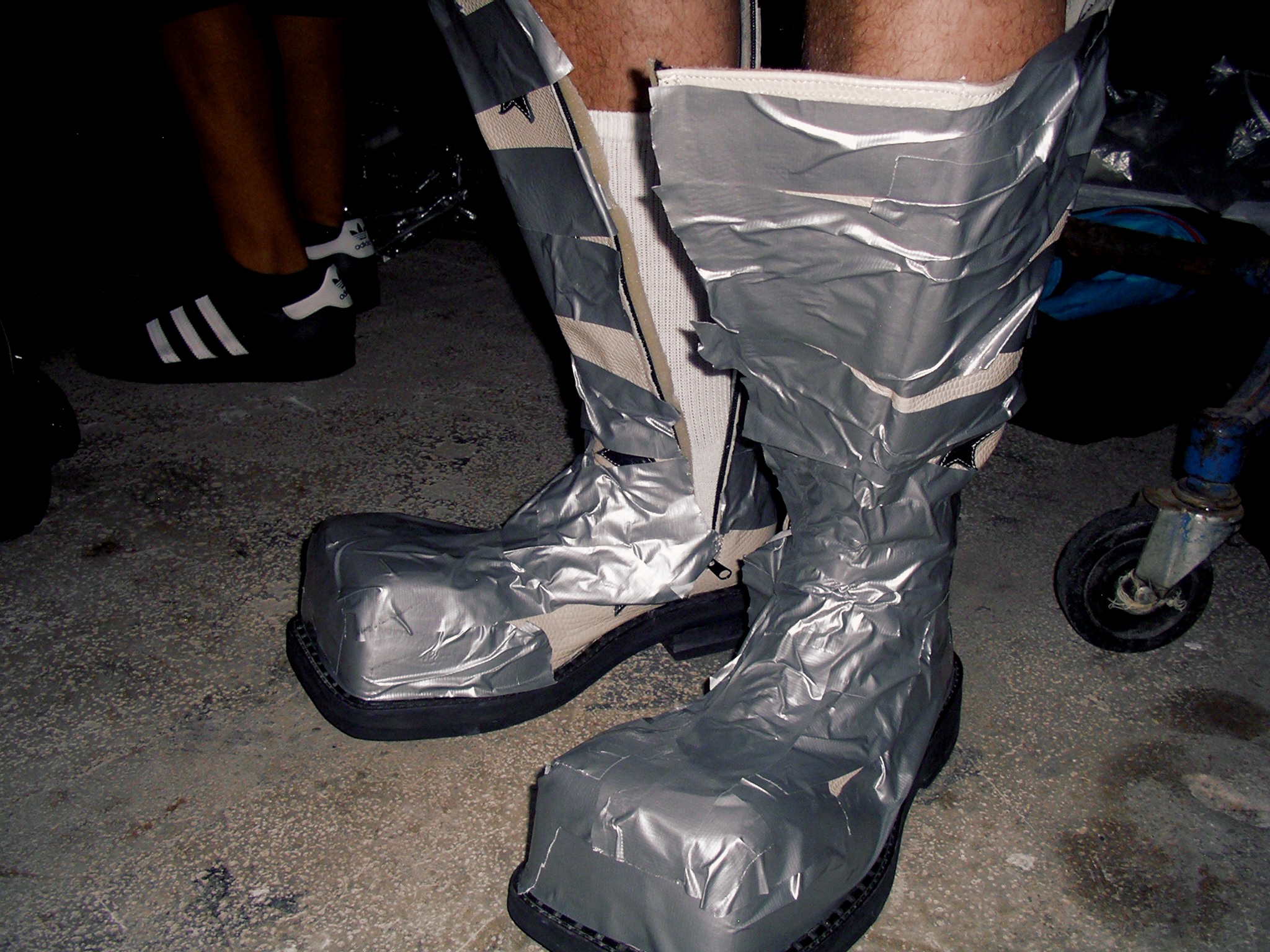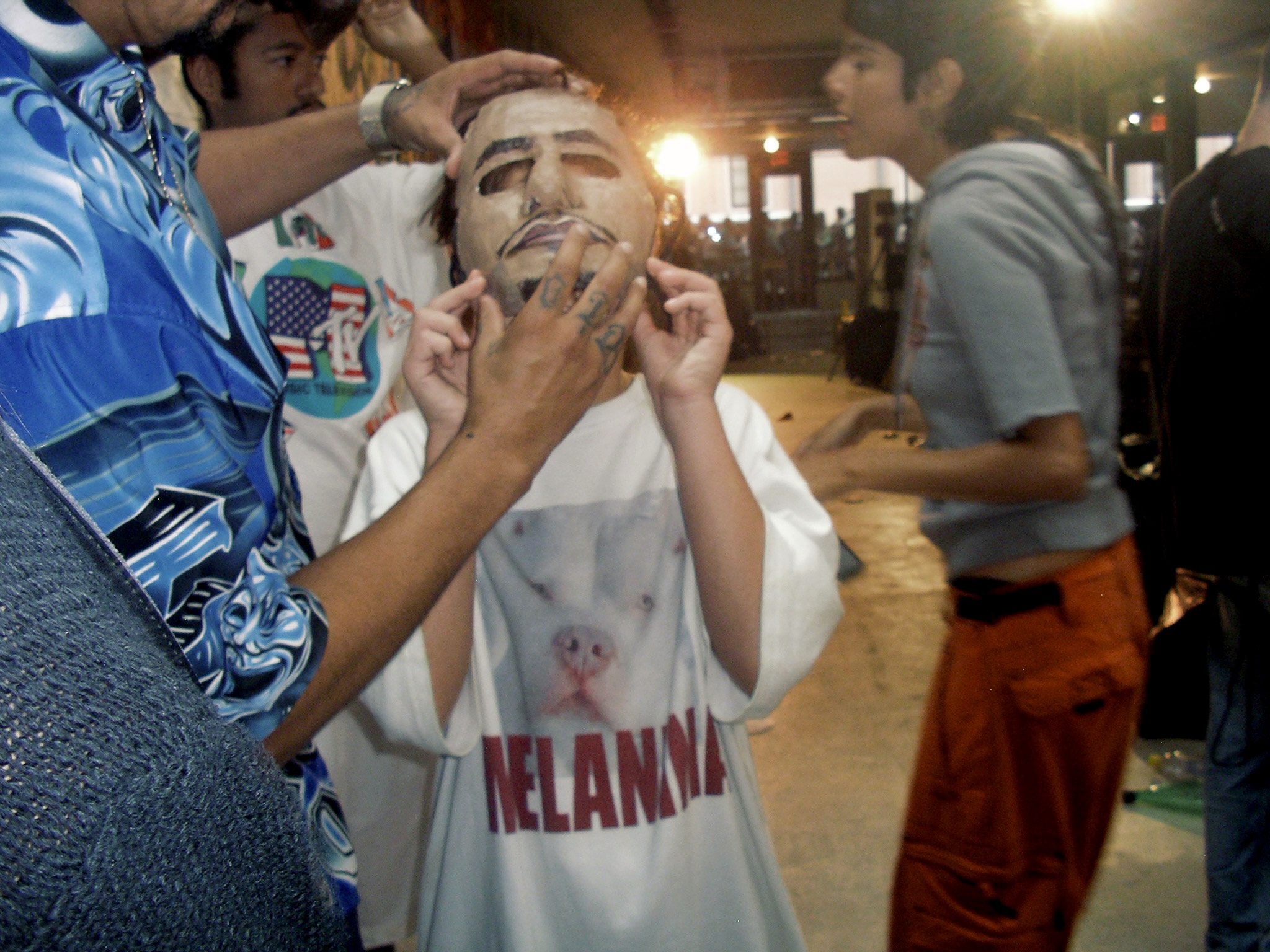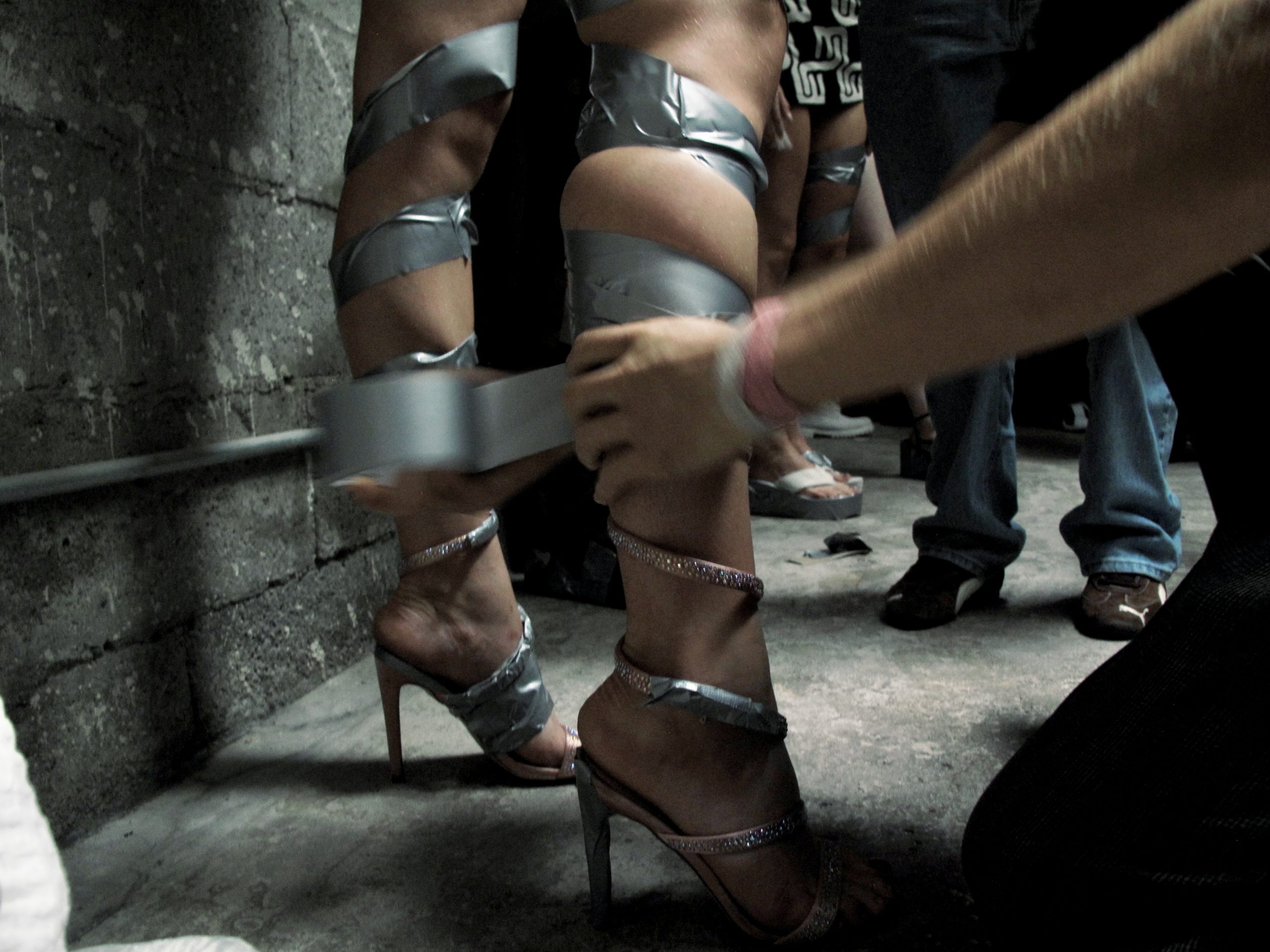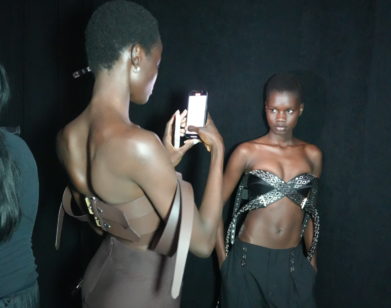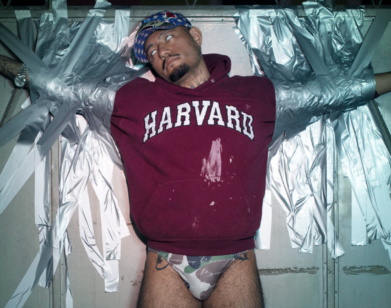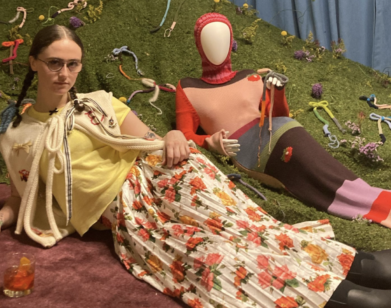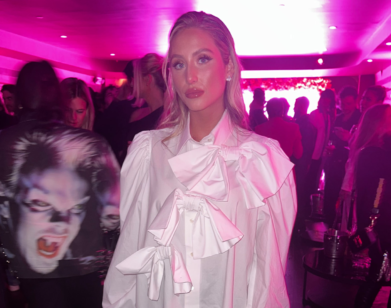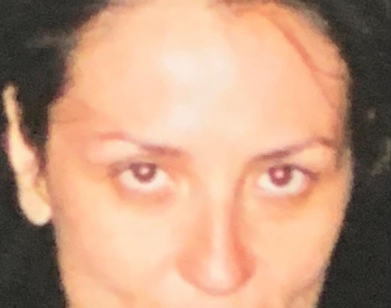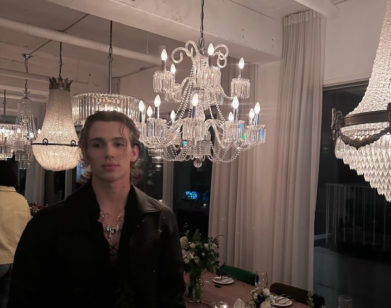NYFW
Barragán Brought Meth Tees, Fake Lips, and White Chicks to SS23
One thing is clear about the Mexican-American designer Victor Barragán, he isn’t shy. Over the past six years, the creative director and his namesake brand have become known for horniness, subtle political innuendo, and inherent Latino pride. With his SS23 collection, DESPUÉS DEL CAOS VIENE LA LUZ/AFTER CHAOS COMES LIGHT, the 30-year-old designer took his incendiary style a step further by casting all white or white-passing models—some donning bloated prosthetic lips and shirts emblazoned with slogans like “CANCELLED TWICE” or “Meth.” On the runway, which doubled as a simulacra of a disastrous music festival, duck tape-adorned models floated out of a graffiti-covered portable toilet door into a corral littered with plastic bottles, fake money, and walls covered in posters of Speedy Gonzales and alarmist newspaper clippings. Contrary to the collection’s title, the looks included camo hoodies, silver flip flops, distressed jeans, and reimagined American iconography (like belt buckles that read “White Tears,” mullets, trucker hats, and nods to the pageant film Drop Dead Gorgeous). With these not-so-subtle winks at America’s instability, and possible demise, Barragán delivers a wake-up call. But in the carnivalesque setting, one might say he was just trolling.
———
ERNESTO MACIAS: Obviously as a Mexican American a lot of the themes jumped out quickly—the Karen wigs, camouflage, America, and the tension between two opposites. Is that what you were exploring with this collection?
VICTOR BARRAGÁN: Yes, totally. Obviously, we did a super specific casting. Sometimes we feel trapped in the sense that you are a person of color and you have to have diversity. We’re talking about diversity in a different way—almost everyone is white, or white passing for example this model is half Black. The idea was to show how everything looks different from the outside, but in a systematic environment, which you know well, it is literally all white. So that’s the idea we wanted to show with this casting, that the people who are in power are still white. Yet they want to sell us the idea of diversity. That was the intention, and not necessarily give people what they are expecting. Give it a twist.
MACIAS: And why are you interested in exploring that tension? We are people of color in a white system, but for people that aren’t, it could be hard to understand. People could say, “Oh, why explore the same theme again? Your place in white structures. We already talked about it.”
BARRAGÁN: I have never talked so directly about this topic. And this time it was like, I’m going to do it and I feel like, for me, there’s no more to talk about. [Laughs] We’ve been doing this for so many years, talking about the same thing. I was also a bit fed up with the issue of diversity, always diversity. I said I want to give an example that I’m sick of this topic. I want to talk about other things, so I did something different. Also, I don’t want to do shows like this anymore. I don’t want to be on the calendar anymore. I am very tired and the idea is that we show in a different way so that all the pieces can survive the whole year or longer. Why do we show everything and the next right away? So many good pieces are lost and never come out again. We can give ourselves more time so that the ideas are able to be generated with more time and then show them how we want to.
MACIAS: And it’s all clothing that can actually be worn because I see hoodies, jeans, belts.
BARRAGÁN: It’s too commercial, for me, in terms of shapes—shirts, hoodies, etc—usually there are more deconstructed pieces, not very difficult, but more difficult for someone to buy them. With that intention, we wanted to be more accessible to our public with a different price point. Maybe someone loves the brand but the clothes are, I don’t know, too revealing. There are people who don’t feel so comfortable, there are people who want to support the brand but don’t know how to do it, so we offered different shapes.
 MACIAS: Speaking of shapes, there is a look that reminds me of the Statue of Liberty, a Karen wig, and you’re wearing a t-shirt with an MTV logo in the colors of the Mexican flag. Why did you choose to include those symbols in your show?
MACIAS: Speaking of shapes, there is a look that reminds me of the Statue of Liberty, a Karen wig, and you’re wearing a t-shirt with an MTV logo in the colors of the Mexican flag. Why did you choose to include those symbols in your show?
BARRAGÁN: I feel that in Mexico, as you know, everything overlaps. I didn’t know what American culture was, I thought it was from Mexico, it was all combined. I mean, I knew it was from the outside but I didn’t feel the separation until I understood how everything works. What I like to do is to intertwine people within the context of the brand so that it has a meaning for them, both for someone from Mexico and someone from outside. So the symbols take on different meanings for each person in the world.
MACIAS: And what would be the message that you would like people to take from your return to New York—the first time in quite some time?
BARRAGÁN: Have fun. Don’t take anything too seriously. Because fashion is very serious. We have to have fun with this medium, which I feel can be very serious at times. I like to talk about important issues, but I never want to preach. I will always go for humor and for giving a twist to the meaning—and now be less horny. [Laughs]
MACIAS: What are you doing tonight?
BARRAGÁN: Nothing. [Laughs] Rest.

